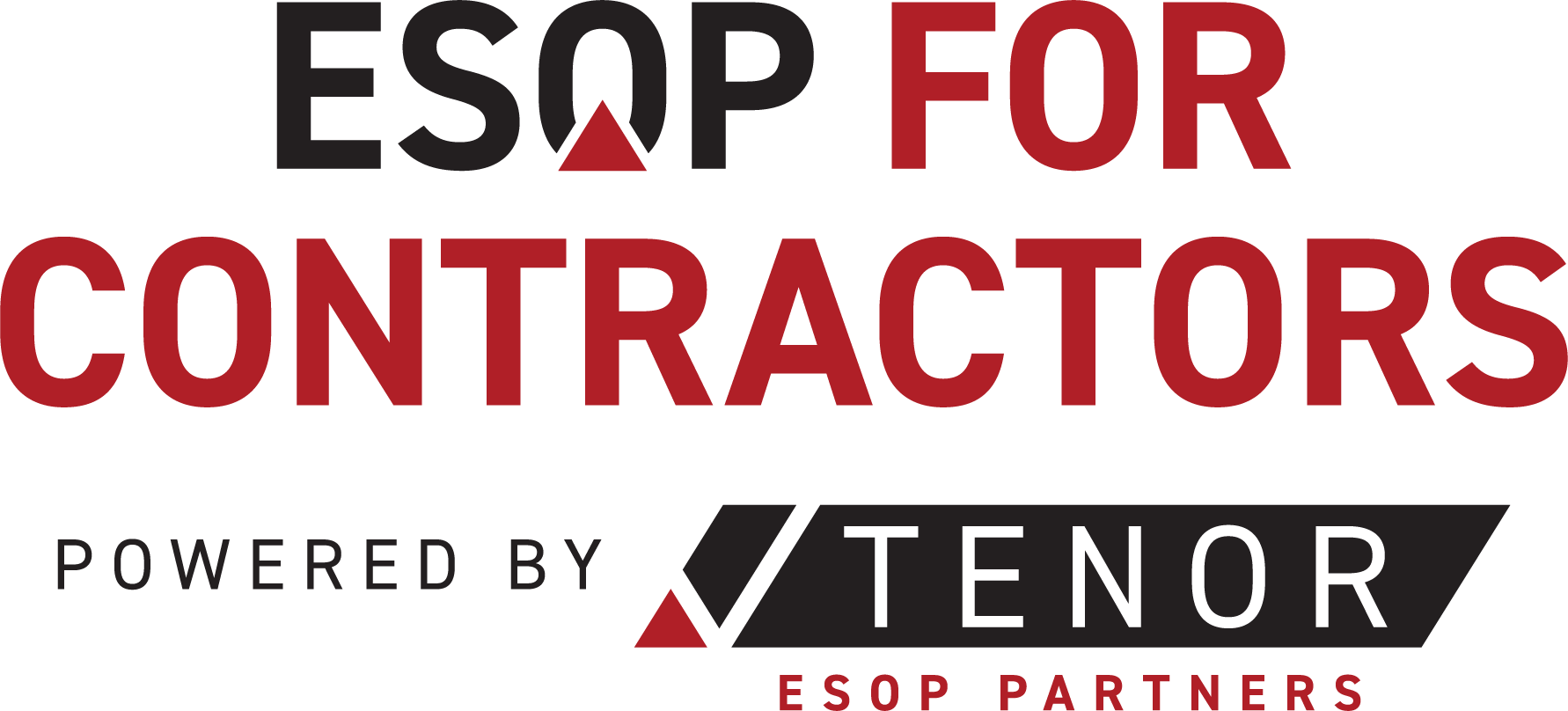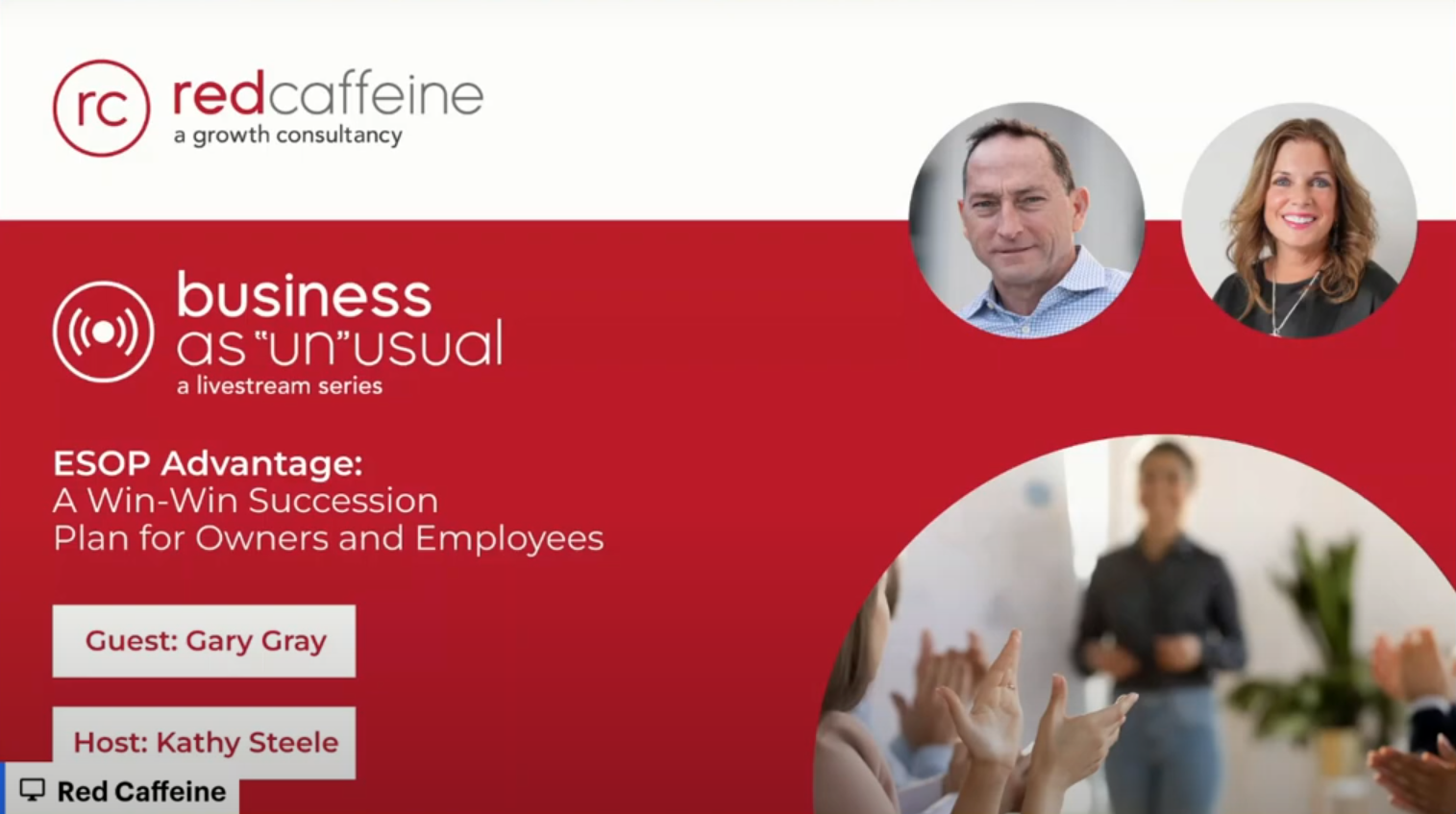Time to read: 5 minutes
Strategic Tax Planning for Contracting Businesses: Why Employee Ownership Changes Everything
As your contracting business grows, you're probably spending considerable time balancing project management decisions against their tax implications. While this careful balancing act is necessary under traditional ownership structures, some contractors have discovered that becoming employee-owned can fundamentally change this equation.
Why Traditional Ownership Makes Project Management Harder
Under traditional ownership structures, every project management decision carries tax implications that can limit your operational flexibility. From crew scheduling to material purchases, these everyday choices create tax complications that wouldn't exist under employee ownership models.
Consider a common scenario: Buying materials in bulk at year-end might seem like smart project planning, but under traditional ownership structures, the tax implications could outweigh the bulk pricing benefits. Similarly, accelerating project completion might satisfy your client, but in a conventional business structure, it could push income recognition into a high-tax year.
How Ownership Structure Affects Operational Freedom
Your equipment deployment strategy illustrates this perfectly. In traditional ownership structures, moving equipment between jobs creates complex tax implications around depreciation and state tax obligations. But what if becoming employee-owned eliminated these federal tax concerns entirely?
Labor allocation provides another clear example. Currently, moving crews between projects might solve immediate operational needs, but traditional ownership structures force you to worry about tax implications of labor cost capitalization. Some contractors have discovered that converting to employee ownership can free them to make decisions based purely on operational needs.
A Better Approach to Project Management
Rather than endlessly trying to balance operational decisions against tax implications, leading contractors are discovering how becoming employee-owned can eliminate many of these conflicts entirely. This doesn't mean ignoring tax implications – it means choosing a business structure that aligns tax advantages with operational excellence.
The Employee Ownership Advantage in Project Management
What if you could make project management decisions based purely on operational efficiency, without worrying about federal tax implications? An employee-owned S-corporation structure can provide exactly this freedom. Here's how converting to employee
ownership transforms common project management scenarios:
Equipment Decisions
- Conventional Structure: Balance depreciation timing against operational needs
- Employee-Owned Structure: Focus purely on operational efficiency and project requirements
Material Purchasing
- Conventional Structure: Complex tax timing considerations affect buying decisions
- Employee-Owned Structure: Purchase based on project needs and market conditions
Labor Allocation
- Conventional Structure: Tax implications complicate crew assignments
- Employee-Owned Structure: Deploy teams based solely on project requirements
Real Impact on Project Success
When contractors transition to employee ownership, they often discover newfound operational flexibility:
- Make faster project decisions without tax analysis delays
- Deploy resources more efficiently across projects
- Respond more quickly to project opportunities
- Focus management time on operations instead of tax planning
Building Long-term Operational Excellence
Smart contractors are discovering that the solution to tax-efficient project management isn't more careful planning – it's a better ownership structure. Becoming employee-owned can help you:
- Eliminate tax complications from operational decisions
- Improve project efficiency through faster decision-making
- Enhance cash flow through tax advantages
- Focus management time on growth and operations
The Next Steps
Remember, project management doesn't have to be constrained by tax considerations. The right ownership structure can free you to focus on what really matters – delivering successful projects and growing your business. Schedule a free consultation with Gary Gray today to see if your business would benefit from converting to employee ownership.
How to get started
Getting started with an Employee Stock Ownership Plan (ESOP) can transform your contracting business, unlocking potential for growth and ensuring lasting value for everyone involved. At ESOP for Contractors, we understand the intricacies of the process, from assessing your company's current status to designing a tailored ESOP that aligns with your goals.
Our leadership team knows firsthand how to create winning strategies that benefit both owners and team members alike. If you're curious about how an ESOP could enhance your business's future, we invite you to reach out for a free consultation. Let’s explore how we can help you achieve sustainable success together!

Gary Gray, Founder
Book a Free Consultation
Interested in a free consultation for your contracting business? Send us a message - We’re here to help.















